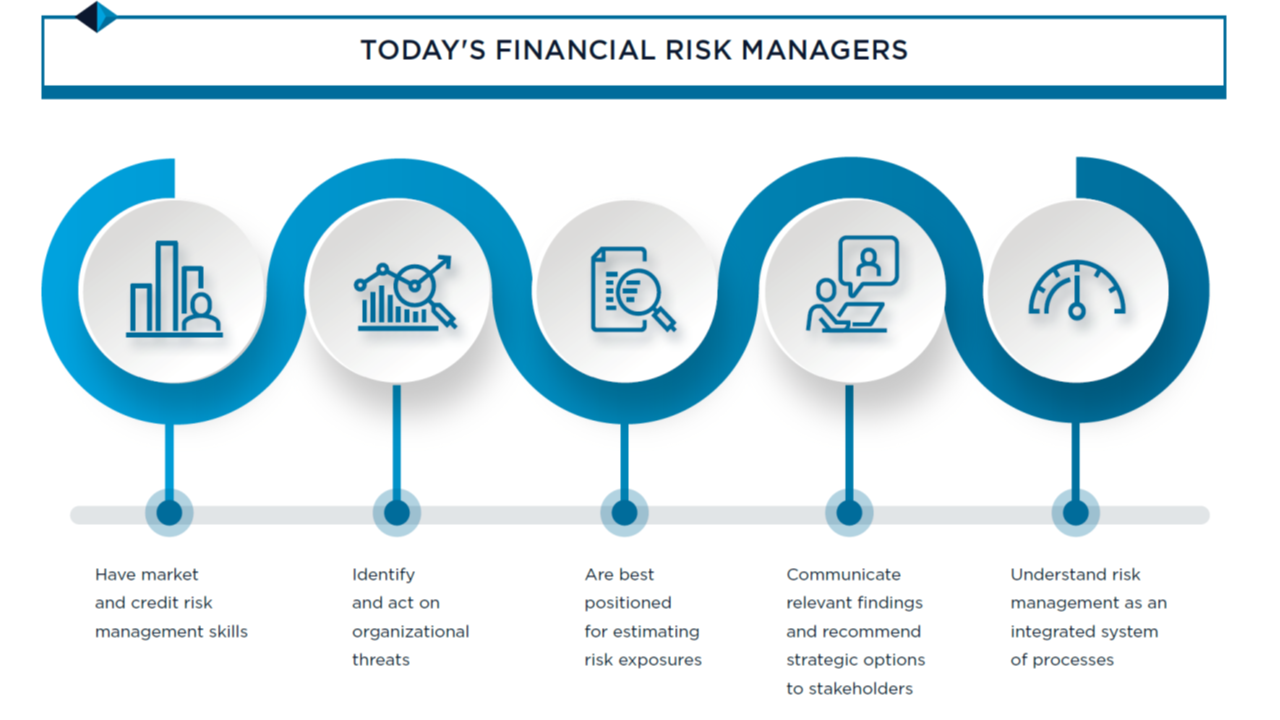The assignee has a lien on the car and can repossess if you do not pay. Co-signer A co-signer is a personsuch as a moms and dad, close relative, or friendwho pledges to pay back the loan if you do not. This can be a benefit both to you and your lender. A co-signer takes full responsibility to repay the loan. Having a co-signer on your loan provides your lender additional guarantee that the loan will be repaid. If you do not repay your loan, your co-signer will be responsible for payment even if the co-signer never ever drove your car. If you've been asked to co-sign a loan, you need to think about how it will affect your finances. In some states, the law permits the creditor to reclaim your automobile without litigating. For additional information, including meanings of common terms used when financing or leasing a car, read "Comprehending Car Financing," jointly prepared by the American Financial Providers Association Education Structure, the National Car Dealers Association, and the FTC. To buy print copies of "Understanding Automobile Funding," call the AFSA Education Structure: (888) 400-7577.
A financing charge is a cost troubled a consumer for obtaining credit. Finance charges include interest on debt balances and any additional charges imposed by the credit-issuing entity. Below, you'll discover common examples of finance charges that customers deal with, and some tips for reducing the effect of these charges. A financing charge is any cost a customer encounters in the process of getting credit and paying back debt. Finance charges normally come with any kind of credit, whether it's a charge card, a business loan, or a home loan. Any amount you pay beyond the quantity you obtained is a finance charge.
One of the advantages of having a charge card is that you can borrow cash without needing to pay off your balance completely monthly. Nevertheless, taking your time to repay your financial obligation comes at a cost. Your provider will charge interest on any balance not settled by the end of the month. That interest cost is a finance charge. If you miss out on a minimum payment due date that falls beyond a grace period for your charge card, you could be charged a late payment cost, which is another example of a finance charge. Financing financial obligation is big company in the U.S.
3 trillion. That's a 1. 1% boost since the fourth quarter of 2019, when home financial obligation was already 26. 8% higher than it remained in 2013. Most of that debt (if not all of it) will feature finance charges such as interest charges and loan processing costs. Financing charges are determined each billing cycle based upon the existing prime rate. As of July 15, 2020, the Wall Street Journal calculated the prime The original source rate to be 3. 25%. This rate changes in response to market conditions and Federal Reserve policy, so your capacity finance charge might differ month-to-month (What can i do with a degree in finance). If you have a fixed-rate loan, the financing charge is less most likely to vary, though it may still Take a look at the site here change based upon aspects such as your payment history and timeliness.

Fascination About What Is A Consumer Finance Account
Charge card issuers may determine finance charges utilizing your day-to-day balance, approximately your everyday balance, the balance at the start or end of the month, or your balance after payments have been used. Your credit card agreement may likewise consist of a minimum financing charge that's applied anytime your balance undergoes a charge. For example, your credit card terms might consist of a $1 minimum finance charge, so if a billing cycle's charges are $0. 65, that'll be assembled to $1. You can decrease the quantity of interest you pay by lowering your balance, asking for a lower rates of interest, or moving your balance to a credit card with a lower interest rate.
Financing charges can be noted in several places on your regular monthly charge card billing declaration. On the very first page of your billing statement, you'll see an account summary listing your balance, payments, credits, purchases, and any interest charges. In the breakout of deals made on your account throughout the billing cycle, you'll see a line item for your finance charge and the date the finance charge was evaluated. In a separate area that breaks down your interest charges, you'll see a list of your financing charges by the Discover more here type of balances you're carrying. For example, if you have a purchase balance and a transfer balance, you'll see information of the financing charges for each.
For home loans, monthly payments are separated into principal and interest payments, in addition to additional expenses like real estate tax. In this case, the "principal" part of payments would not certify as a finance chargeit just goes toward lowering your financial obligation balance. The interest payments, on the other hand, are a finance charge. Making your minimum charge card payment is generally adequate to cover your financing charge plus a small percentage of the balance. Nevertheless, if you're just paying the minimum payment, your balance will not decrease by that muchit takes the bulk of a monthly payment just to cover interest charges. Considering that your balance isn't reducing substantially, you'll face another interest charge during the next billing cycle.
For those with substantial financial obligation, the minimum payment might not cover the month's finance charge. In this case, paying the minimum will lead to a larger balance. Minimizing financial obligation will need payments beyond the minimum. A financing charge is an expense troubled a customer who gets credit. Financing charges consist of interest charges, late costs, loan processing costs, or any other cost that exceeds repaying the quantity borrowed. For many kinds of credit, the finance charge fluctuates as market conditions and prime rates change.